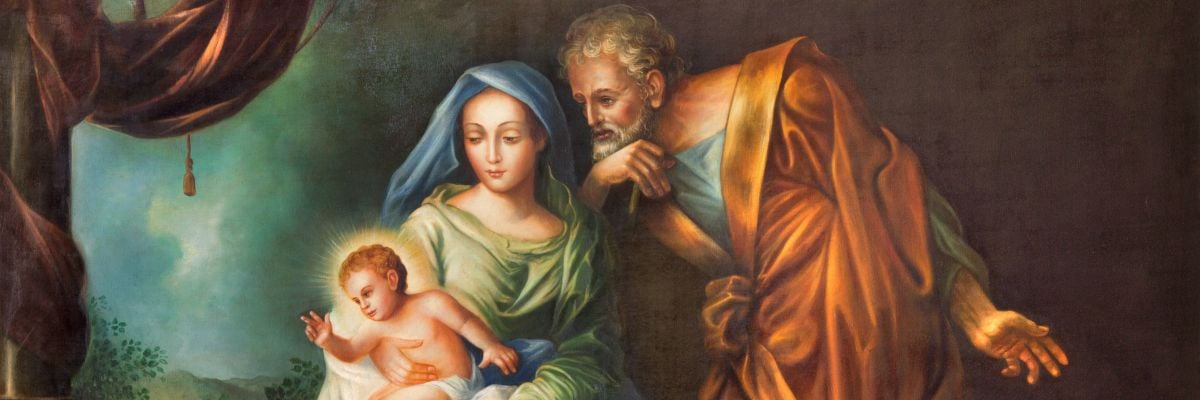
Question:
Answer:
For many, it would seem so, since Matthew uses the word until: “[Joseph] knew her [Mary] not until she had borne a son; and he called his name Jesus” (Matt. 1:25; emphasis added). But the word until (Greek, heos) can be used in more than one way.
It can indicate a change in the future when a select period of time is complete. And this is how many critics of Mary’s perpetual virginity understand Matthew to be using the word in the above passage.
Heos, however, can also be used in a way that doesn’t indicate a change in the future. It can be used merely to express “hither to” or “up to” (Strong’s #2193)—that’s to say, a select period of time without indicating change in the future.
For example, Deuteronomy 34:6 speaks of no man knowing the precise location of Moses’ body “until [Greek Septuagint, heos] this present day.” Did the author intend to express that circumstances had changed when these words were penned? Of course not.
Heos is used similarly in the Greek version of 2 Samuel 6:23: “And Michal the daughter of Saul had no child to (Greek, heos, meaning until) the day of her death.” If heos is being used to indicate change after a select period of time, then we’d have to say that Michal had children after her death. But that’s absurd.
Paul also uses heos to indicate only a select period of time without change in the future in 1 Timothy 4:13, 1 Timothy 6:14, and 1 Corinthians 15:25.
Since heos doesn’t necessarily connote a change in the future after a select period of time but can be used only to reference a select period of time without change in the future, it follows that Matthew 1:25 doesn’t undermine the Catholic belief in Mary’s Perpetual Virginity.
As such, it’s sound exegesis to conclude that Matthew uses heos merely to emphasize that Joseph had no sexual relations with Mary before Jesus’ birth without indicating any change in the future.
For more information on this topic, see Tim Staples’s article, “How We Know Mary was a Perpetual Virgin.”



